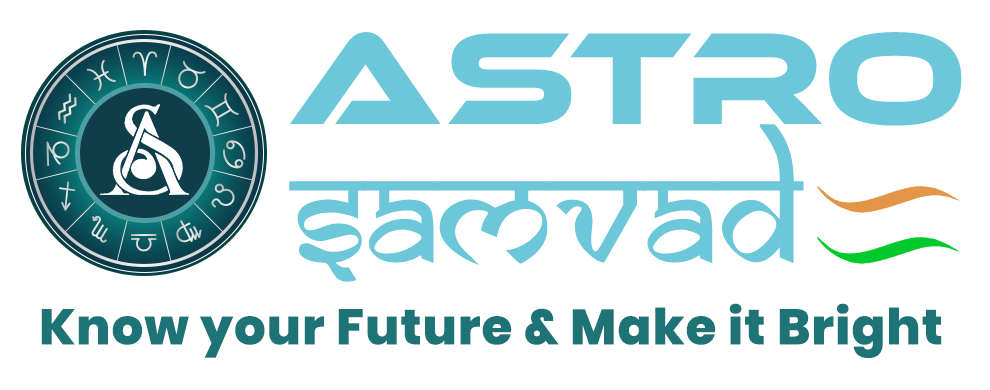Vimshottari Mahadasha
Importance of Mahadasha in Vedic Astrology:
According to the position of the planets in the birth chart, the Mahadashas are considered crucial in determining the events that will happen in a person’s life. Dashas such as Vimshottari, Ashtotri, Yogini, and Char Dasha are widely recognized in Vedic Astrology. However, Vimshottari Dasha is considered the most significant when it comes to timing events accurately.
Vimshottari Dasha is based on the trikon system of the zodiac, where there are 360 degrees, and each trikon consists of 120 degrees. The total life span of a human being is fixed at 120 years, which corresponds to 120 degrees in Vimshottari Dasha. This system divides 27 constellations into 9 planets, each ruling three constellations, completing a full cycle. This system is known as the Vimshottari Mahadasha.
The Vimshottari Dasha system divides the time allotted to each planet as follows:
- Sun: 6 years
- Moon: 10 years
- Mars: 7 years
- Rahu: 18 years
- Jupiter: 16 years
- Saturn: 19 years
- Mercury: 17 years
- Ketu: 7 years
- Venus: 20 years
The total of these periods equals 120 years, hence the name Vimshottari Dasha.
This system is of paramount importance because it allows astrologers to predict the timing of life events with great accuracy. Even scholars from the West recognize its effectiveness and authenticity.
Moon Constellation in Vimshottari Dasha:
The Janam Kundli (birth chart) provides insights into the physical, mental, and spiritual aspects of an individual. The Ascendant represents the body, the Sun represents the soul, and the Moon represents the mind. Our thoughts, desires, and mental state play a key role in shaping our actions and the events of our lives, which is why the Moon’s position at birth is critical for calculating Vimshottari Mahadasha.
How Vimshottari Mahadasha is Determined:
The Vimshottari Mahadasha is determined based on the Nakshatra in which the Moon is positioned at the time of birth. For example, if the Moon is in the Nakshatra of Mrigashira (ruled by Mars), then the dasha sequence will begin with Mars and proceed in the following order: Mars, Rahu, Jupiter, Saturn, Mercury, Ketu, Venus, Sun, and Moon.
Vimshottari Mahadasha Calculation Example:
In the past, Kritika was considered the first Nakshatra instead of Ashwini, and Bharani Nakshatra was considered the last. This is why Vimshottari Mahadasha starts with the Sun and ends with Venus. For instance, if a person is born under the Mrigashira Nakshatra, ruled by Mars, their dasha would proceed as Mars, Rahu, Jupiter, Saturn, Mercury, Ketu, Venus, Sun, and Moon.
Within the Mahadasha, smaller sub-periods known as Bhukti or Antardasha also follow this sequence, and they influence the timing of specific events.
Astrological Formulas for Vimshottari Mahadasha Results:
- Benefic Planets: The planets ruling the trikon (angular) houses are always auspicious and bring good results.
- Yogakaraka Planets: Venus is the Yogakaraka for Taurus and Libra Ascendants, and Mars is the Yogakaraka for Cancer and Leo Ascendants. Their dasha/antardasha gives favorable results.
- Kendra and Trikon Lords: Conjunctions of Kendra (angular) and Trikona (trine) house lords create Raja Yoga, bringing prosperity and success.
- Malefic Planet Lords: The lords of the third, sixth, eighth, and eleventh houses are generally inauspicious. However, the lords of the sixth and eleventh houses can still bring financial prosperity.
Effects of the Position of the 8th House Lord:
The lord of the eighth house is considered to bring misfortune, but if placed in auspicious houses, it may lead to sudden spiritual gains. Conversely, when placed in the eighth house or malefic positions, it brings challenges, destruction, and misfortune.
Effect of Transit on Dasha/Antardasha:
Transiting planets influence the Mahadasha/Antardasha by altering the outcomes. If a planet transiting through its exalted or self-signed position or favorable houses (like the 3rd, 6th, 10th, or 11th) supports the Mahadasha/Antardasha, it brings favorable results.
Example of Dasha/Antardasha Effects:
Suppose a person’s chart has the influence of Ketu and Mars on the 10th house, which represents career. Mars and Ketu are fiery and aggressive, associated with accidents and injuries. During the Mahadasha of Mars and Antardasha of Ketu, or vice versa, if Mars or Ketu transits in the 6th, 8th, or 12th house, the individual may face issues related to career or accidents, such as knee injuries.


